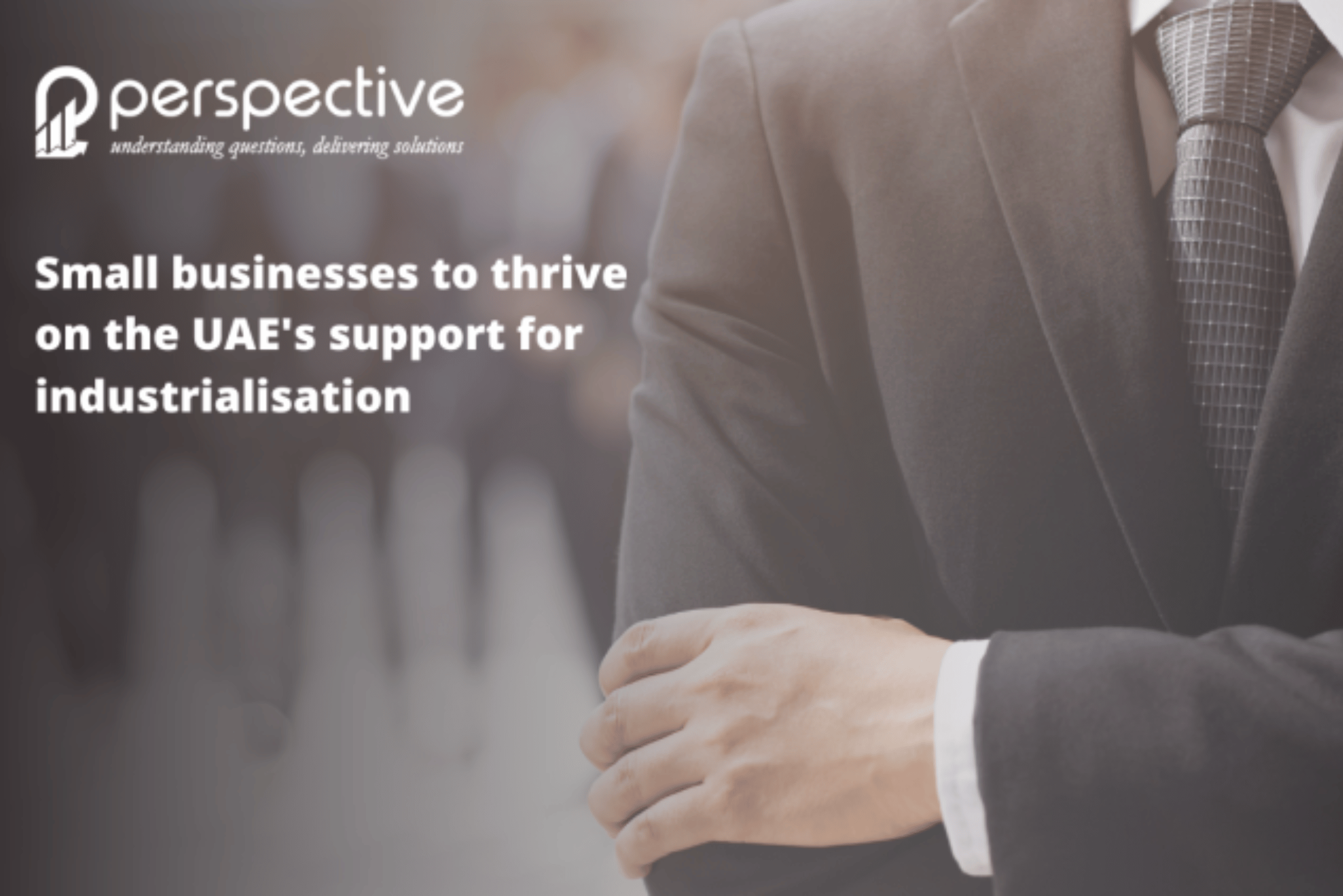Thanks to its strategic position close to major international trade routes, and a strong digital as well as logistical infrastructure, the UAE has quickly evolved into a trade hub within the past decade as it started moving towards the development of a more diversified non-oil economy. This position at the centre of global trade and as a bridge between east and west, which also connects major markets such as Europe, the Middle East and a large part of Africa, has also made the UAE a destination for retail, as tourists flock the country during shopping fests. But the country which has relied on imports even for 90% of its food requirements, is now working towards getting self-sustainable, and in addition to a food security push through agricultural tech, the Emirates is also focusing on generating its own power from the world’s biggest single site solar part near Dubai, alongside the Barakah Nuclear energy plant, and two major waste to energy plants among other renewable power units.
As the self reliance in terms of power requirements will provide clean and affordable energy for households in the country, it will also be a major cog in the machinery to put the UAE on a path towards the fourth industrial revolution, where technology will help scale up production capacity by one million bpd towards the end of this decade. In 2021, more than 220 new factories became operational in the UAE, boosting the country’s export in the year to $33 billion, and indicating early success for the government’s strategy to increase industrialisation and to establish the Emirates as a global powerhouse for manufacturing as well. Since SMEs account for more than 90% of the firms supporting the non-oil economy and since manufacturing makes up 80% of the non-oil economy, the strategy for industrialisation also aims to create more than 13,000 new SMEs in the UAE by 2031. This is also significant since the UAE’s non-oil economy, driven largely by manufacturing, also contributes 72% to the country’s GDP, and non oil exports also also grew by 8% in the first half of 2022.
The industrialization in the desert is also setting new benchmarks with the first green aluminum, in units powered by solar energy, has been produced in the UAE and is now being used for electric cars by the global auto brand BMW. With ample amount of land available to set up industrial units the government is standing behind entrepreneurs in the manufacturing space, as Dubai has ammended regulations on land allotted to residents for industrial and commercial use, as they can now use or dispose of it without restrictions under free holding. Abu Dhabi has also introduced a scheme to provide $1.36 as incentive per square metre of land utilised by companies for industrial development in the Emirati capital.
Apart from land the UAE has also initiated programs such as In-Country Value or ICV, which gives benefits during government procurement to companies which increase the supply of components for their business from local Emirato vendors, in a push to boost manufacturing in the country. So far nearly 45 public sector companies and 13 major institutions have joined the program, including Etihad airlines, as the initiative aims to increase the government spending on local products and services to $15 billion in the next three years. The ICV certificates also acount for 40% of the valuation process for companies during government procurement, while empowering Emirati SMEs in the supply chain.
But central to the UAE regime’s industrial push is the Mission 300, which seeks to increase contribution of the sector in the Emirati economy to AED300 billion, which is more than $80 billion, by 2031, through incentives and support for those setting up manufacturing in the country. Apart from ICV and Make it in the Emirates programs, the industrial strategy also focuses on 15 other initiatives, which include creation of an research and development infrastructure, the evolution of UAE as a global hub for tech and innovation, adoption of fourth industrial revolution tech such as AI and cloud, providing flexible finance to sectors that are a priority, and to boost the digital sector by initiatives such as NextGen FDI.
Apart from rubber, plastics, machinery and equipment which are needed now, the UAE’s plans will also focus on hydrogen, medical tech and space tech, among future industries, as locally manufacturer polymers are already strengthening cooling systems at its much talked about nuclear plant. Sectors prioritised for development will also receive AED30 billion through easy financing, and 25000 jobs will be created in manufacturing, infrastructure, tech and healthcare. The EDB is also playing a major role in industrialisation of the UAE, with financing initiatives such as credit guarantee which extended AED332 million to SMEs as capital in the past one year.
Through the combination of advisory, financial, tech and regulatory support as well as incentives for local manufacturing, the UAE is on track to evolve as a self-sufficient economy, while boosting its own exports beyond oil and gas.


